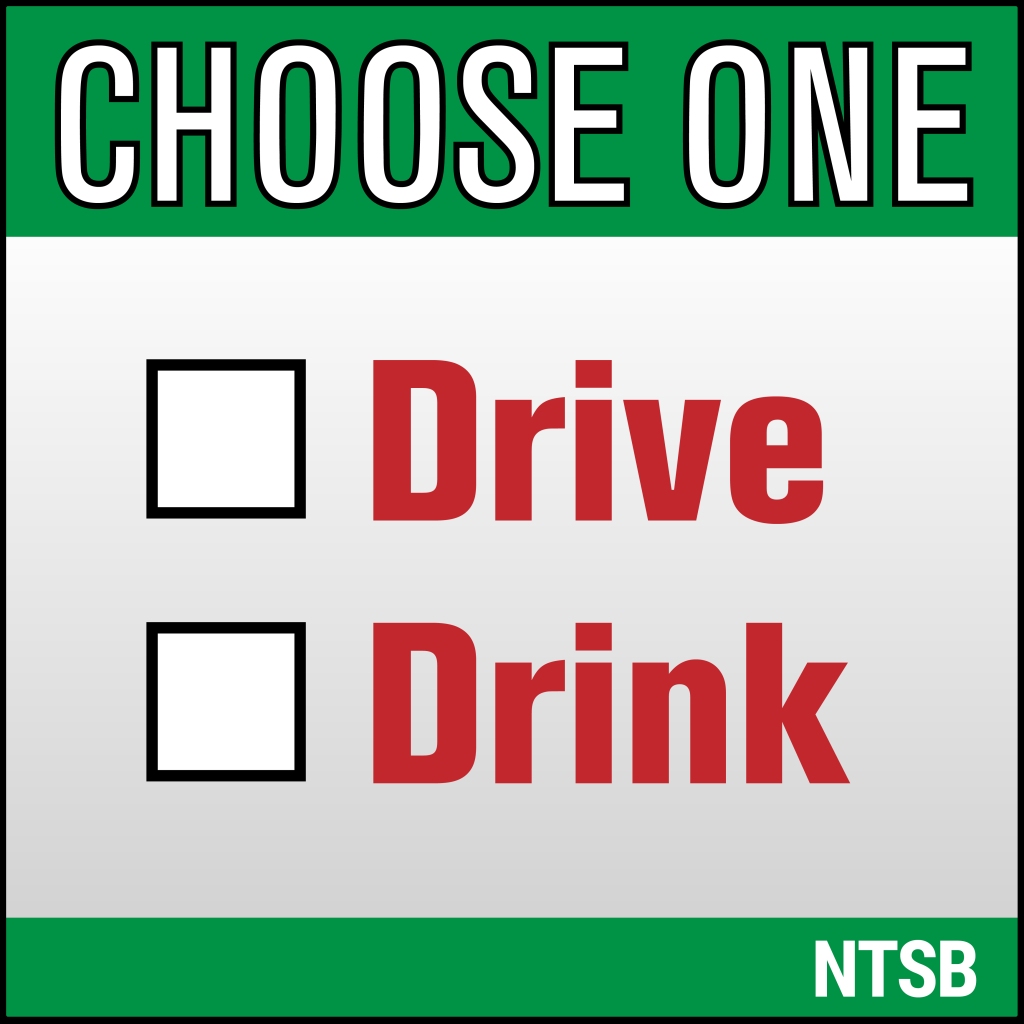By Nicholas Worrell, Chief, NTSB Safety Advocacy Division
Sunday, November 19, is the World Day of Remembrance for Road Traffic Victims. Every year on this day, people around the world honor the memories of crash victims. All of us at the NTSB want to express our condolences to those who have lost loved ones to motor vehicle crashes.

The NTSB works tirelessly to discover the cause of a crash and issue recommendations to prevent future crashes. From tragedy, we identify and advocate for improvements that move us toward a safer transportation system.
It can be said that much of the NTSB’s function is to remember, as we fight for the implementation of our safety recommendations even long after a crash. We remember crashes. We remember the recommendations that stemmed from them. And we never forget recommendations just because they have not yet been acted upon or because too much time has passed.
Similarly, victim advocates–those who have lost loved ones to senseless crashes–are often at the forefront of safety improvements, driven on by the memory of those they lost.
One of the better known and longest-tenured advocacy organizations, Mothers Against Drunk Driving, grew from a mother who lost her daughter to a national movement of victim advocates who support one another and work tirelessly to prevent future impaired-driving tragedies.
The In One Instant Teen Safe Driving Program was founded after a mother escorted her daughter to the funerals of three friends who were killed in car crashes. In One Instant has been implemented in more than 4,000 schools in all 50 states and educates young drivers on the risks associated with distracted, impaired, and reckless driving.
In 2017, the NTSB hosted the Act2End Distracted Driving Roundtable, which gave a voice to victim advocates impacted by distracted driving. Advocates spoke about turning their personal tragedies into effective advocacy efforts to prevent others from going through what they have endured.
It is not unusual for the NTSB to find itself supported by victim advocates in our quest for action on our safety recommendations. This goes beyond NTSB-hosted roundtables and webinars to our testimony in state legislatures about changes to the rules of the road. Why? Because, like the NTSB, these advocates remember, and they will not stop fighting for change until the highway deaths stop.
You don’t have to be personally affected by a crash to mark the World Day of Remembrance in your thoughts and in your actions. This World Day of Remembrance, commit to redoubling your attention to safe driving. To drive distracted, fatigued, or impaired is to forget the danger and impact our decisions can have on families, friends, and our communities.
Remembrance is not only an honorable response to tragedy, but a sacred duty to protect each other from future crashes and loss of life. Before you get behind the wheel, make sure you’re rested and sober. Put the phone away. Don’t speed. Remember that your life, and the lives of others, can be changed irrevocably by just one bad driving decision.
Remember those lost to protect the future of loved ones still with us.







